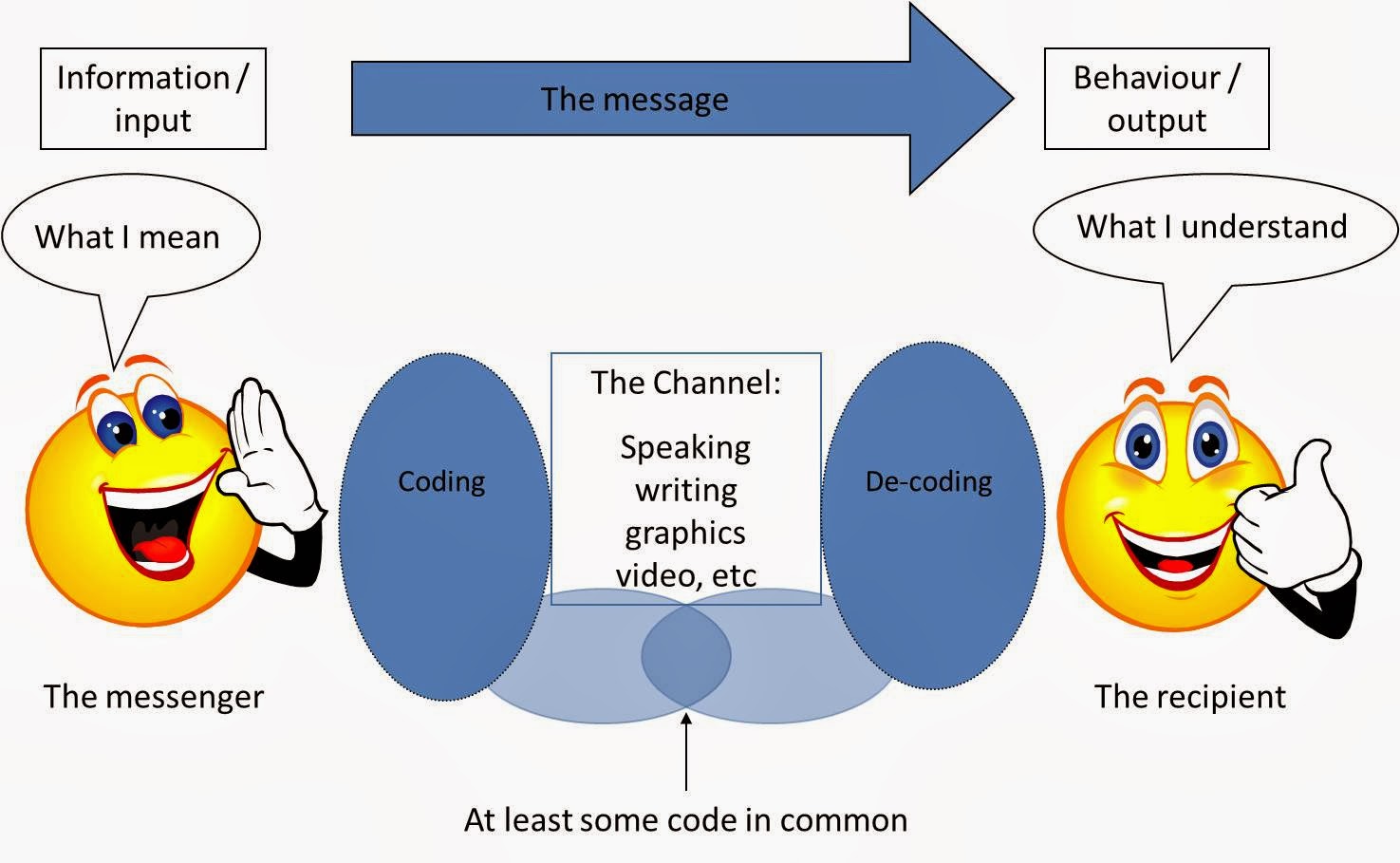M-Learning: Importance and Strategies for Improvement
M-learning, or mobile learning, refers to using mobile devices such as smartphones, tablets, and other handheld devices to facilitate learning. It allows learners to access educational content and resources anytime and anywhere, leveraging the portability and connectivity of mobile technology.
Importance of M-learning
- Portability:
- On-the-Go
Learning: Students can learn
wherever they are, such as while commuting or during breaks, making it
highly convenient. For instance, language learning apps like Duolingo
enable users to practice languages in short sessions, which is ideal for mobile
use.
- Immediate Access
to Information:
- Real-Time
Resources: Mobile learning
provides instant access to information and resources, enhancing the
ability to learn in real-time. For example, Google Translate can help
students quickly understand foreign languages during travel.
- Engagement
through Interactive Content:
- Multimedia
Integration: Mobile learning
often includes interactive elements like videos, quizzes, and games,
making learning more engaging. Apps like Kahoot! use quizzes to make
learning fun and interactive.
- Personalized
Learning:
- Customized
Content: M-learning platforms
can tailor educational content to individual learning preferences and
paces. For example, apps like Coursera adjust the course difficulty based
on a user’s progress.
- Cost-Effectiveness:
- Affordable
Access: Many educational apps
and resources are free or relatively inexpensive, reducing the cost of
acquiring new skills and knowledge.
- Collaboration and
Social Learning:
- Peer
Interaction: Mobile platforms
facilitate student collaboration and communication, enabling group
projects and discussions. Apps like Slack or Microsoft Teams can be used
for educational group chats and collaboration.
- Supports Diverse
Learning Styles:
- Variety
of Formats: M-learning supports
various formats such as audio, video, text, and interactive activities,
catering to different learning styles. Podcasts and audiobooks provide
auditory learning options.
How Teachers Can Improve Their M-learning
- Incorporate
Mobile-Friendly Content:
- Use
of Apps and Tools: Teachers can
integrate mobile apps and tools into their teaching strategies, such as
using Edmodo for classroom management and communication.
- Encourage Active
Learning:
- Interactive
Assignments: Design assignments
and activities that encourage students to use mobile devices actively,
like creating video presentations or participating in mobile-based
quizzes.
- Utilize
Multimedia Resources:
- Diverse
Content Delivery: Leverage
multimedia resources such as educational videos, podcasts, and
infographics to cater to different learning preferences.
- Promote
Collaboration:
- Group
Projects: Encourage students to
use mobile collaboration tools like Google Workspace or Trello to work on
group projects and assignments.
- Stay Updated on
Technology:
- Continuous
Learning: Teachers should stay
informed about new educational technologies and mobile applications to
enhance their teaching methods. Platforms like EdTechReview offer
insights into the latest trends.
- Provide Instant
Feedback:
- Timely
Responses: Use mobile apps to
provide timely feedback on student assignments and queries, enhancing the
learning experience.
- Adapt to Student
Needs:
- Flexible
Approaches: Understand students' diverse needs and adapt mobile learning strategies
accordingly. For example, using closed captions on videos can help
hearing-impaired students.
- Encourage
Self-directed Learning:
- Independent
Exploration: Motivate students
to explore educational apps and resources independently, fostering a
habit of lifelong learning.
Real-life examples of M-learning
- Language Learning
Apps:
- Duolingo: A popular app that uses gamification to teach
languages, allowing users to practice vocabulary, grammar, and
pronunciation through interactive lessons on their mobile devices.
- Educational
Platforms:
- Khan
Academy: Offers a mobile app
providing free lessons in various subjects, from math to science, with
videos and practice exercises accessible on the go.
- Digital
Classrooms:
- Google
Classroom: A platform that
allows teachers to create and manage classes online, distribute
assignments, and communicate with students via mobile devices.
- Interactive
Quizzes:
- Kahoot!: A game-based learning platform where teachers
can create quizzes and students can participate using their mobile
devices, making learning interactive and fun.
- Podcasts and
Audiobooks:
- Audible: Provides access to a wide range of audiobooks
and educational podcasts, allowing learners to consume content while
multitasking.
By embracing mobile technology and leveraging its
capabilities, teachers can enhance their teaching methods and provide students
with a more flexible and engaging learning experience.



Good job sir!!
ReplyDelete